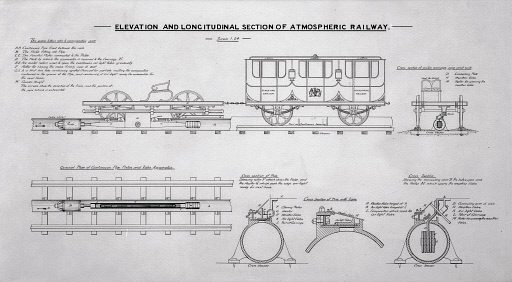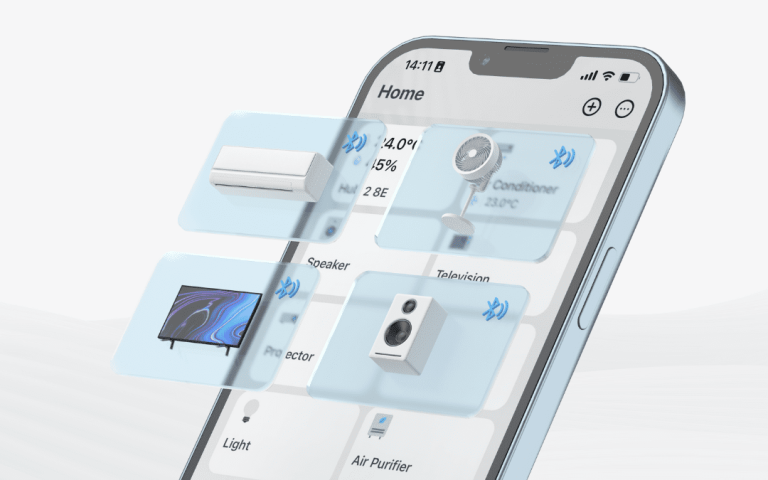New finds from the NRM archives: Brunel and atmospheric railways – National Railway Museum blog
While working on a recent cataloguing project funded by the Business Archives Council, I uncovered some fascinating new information about two key unresearched items in our collection.
Reading through the pages of two unidentified diaries titled ‘diary number one’ and ‘diary number two’, I began to notice references to Isambard Kingdom Brunel, and then further references to atmospheric railways. I decided to investigate…
Atmospheric railways were an early type of railway, which used air pressure to provide power for propulsion through a pneumatic tube laid between rails. This system meant that carriages could be propelled across the line without locomotives. But this type of travel failed to take off, and was eventually abandoned.

After carrying out research in Search Engine, our research and archive centre, I discovered that the diaries I was looking at were those of Peter John Margary. Margary was Brunel’s chief assistant on the Bristol & Exeter Railway, worked for the South Devon Railway, and was put in charge of the construction of the atmospheric engine houses. He was a significant man in the contruction and development of this type of travel.
He became the South Devon Railway’s Resident Engineer, and on Brunel’s death in 1859 he became Engineer of the Railway. He eventually became Divisional Engineer of the Western Division of the GWR.

The diaries include details of the construction of bridges, viaducts, stations and reservoirs. There are accounts of travelling on the atmospheric railway and on mail trains, and descriptions of frequent visits to atmospheric engine houses including Starcross and Torquay. Detailed within are meetings – with men from engineering firm Boulton & Watt – about setting up engines in atmospheric engine houses.
As a result of the project funded by the Business Archives Council, these two volumes have now been catalogued and are available to be consulted by you in Search Engine. An exciting new resource for researchers!



